Japan – Discovering Zen Words – Today’s Best Word is “前後際断 Zengosaidan”
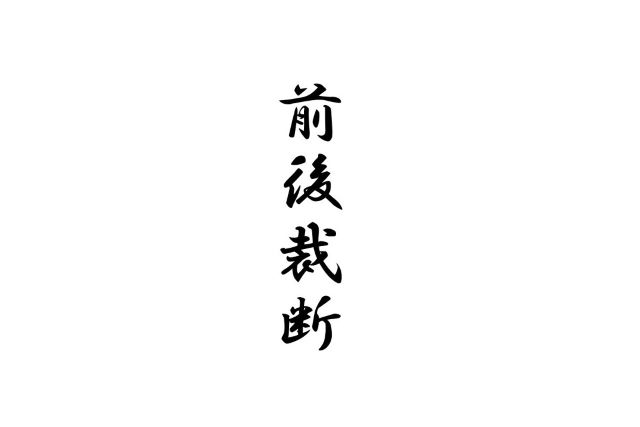
Zen is difficult. Zen word is also difficult. That’s why I interpret it as I please. I think that’s fine. Enou Zenji, Dogen Zenji, Ikkyu-san, and Ryokan-san are likely to say, “That’s fine, that’s fine. Let it be.
Today’s Zen word is “Zengo Sadan" (cutting before and after). It means “live in the present without being tied to the past or worrying about the future."

Live in the present without being bound by the past and worrying about the future
“Zengo Saidan" is a word spoken by Dogen Zenshi in “Shohogenzo". “Firewood has the shape of firewood and has before and after, and even if there is before and after, before and after are cutting." The Zen language dictionary states that the meaning is “you must cut off the views that look at the past and the future in opposition and live in the absolute present."
That famous Zen Master Ryokan-san was also told as Ryokan-san’s words because he liked this word. Soseki Natsume and Konosuke Matsushita also spoke this word. Soseki says, “Cut off the front and back. Don’t stick to the past unnecessarily. Don’t unnecessarily belong to your hopes for the future. Work with all your strength in the present."
Konosuke says, “No matter how much you regret, the past will not change. No matter how much you worry, the future will not change. Now, you have to do your best to the present." The meaning of the front-back break is exactly what Soseki and Konosuke say, but it is difficult to put this into practice.
Mostly Zen words were said by Zen monks during their rigorous training. What Zen Master Dogen and Ryokan bother to say is that it is difficult to put into practice. In addition, humankind has won the competition for survival with the ability to reflect on the past and prepare for the future. Humans are designed to regret and worry. However, “Zengo Saidan" are important because human beings are like that.
In his book “Does Space Exist?", Junichiro Hashimoto says that even if you go to the past with a time machine, for you there, the time there is “now." Man can only exist now. Only now can a person do something.

Dale Carnegie said the same thing
This way of thinking is not unique to Japan. Dale Carnegie, in Chapter 1 “Basics of Trouble" in “How to Stop Worrying", proposes “Close the doors of the past and the future and live today at the break of the day" as a way to solve the worries. There is. Christ says,"Take therefore no thought for the morrow: for the morrow shall take thought for the things of itself. Sufficient unto the day is the hard workl thereof."
Sir Lyle Osler is the founder of Johns Hopkins University. He had a hard time when he was young. It was saved by Thomas Carlyle’s words, “The important thing for us is not to look at the distant, vague things, but to do what is clearly at hand."It can be said that this word created the famous John Hopkins University.
Miyamoto Musashi also said, “I have no regrets." In the middle of the battle, if you regret the previous technique, you will be cut off, so you have to concentrate on doing the best technique in an instant. It is a word because of the samurai in the era when defeat was death.
Carnegie is a sharp expression of what we do now. “We are on the boundary between the vast past that continues from the far side of infinity and the future that is almost piercing the end of time that has already been carved. Perhaps we are either of these immortal things. I am not allowed to live, not even for a moment.”The Zen priest spends everything on this moment, which is amazing.
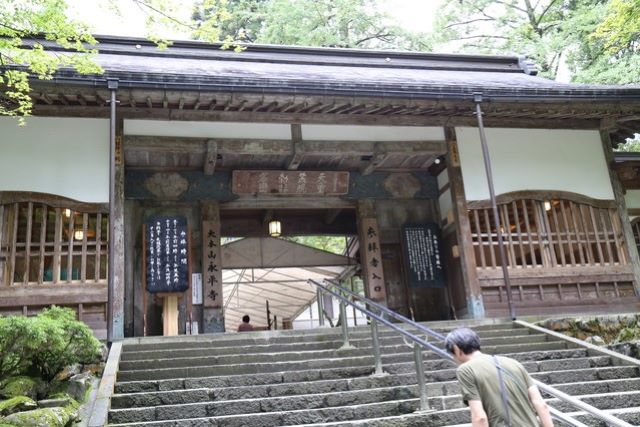
Zen Master Dogen and Eihei-ji Temple
Zen Master Dogen was born in Kyoto during the Kamakura period. After losing his mother in the winter of his eighth year, he realized the impermanence of life and became a monk in the spring of his twelfth year. After training on Mount Hiei, he traveled to Song China after hearing that there were teachings in China that accurately conveyed the Buddha’s zazen meditation.
A conversation between Dogen and an elderly monk from that time has been preserved.
“What is training?" Dogen asked.
“It is right before your eyes! It is your very life," the monk replied.
“What are letters?" Dogen asked.
“Sutras are merely letters, but if you put them into practice, you will become a Buddha."
The monk replied, “People are inherently endowed with the mind for enlightenment, but enlightenment will not manifest without training." Impressed by these words, Zen Master Dogen taught that training and enlightenment are inseparable and one, and that the two can exist simultaneously, a concept known as “shusho fuji."
After returning to Japan, Zen Master Dogen wrote “Fukan Zazengi," which reformed the way zazen was practiced in Japan at the time and established the correct tradition of zazen. He built Kosho-ji Temple in Fukakusa, Kyoto, and left behind the works “Shobogenzo Genjo Koan" and “Tenzo Kyokun" for future generations.
At the age of 43, he traveled to Echizen at the invitation of his disciple Hatano Yoshishige, and the following year he built Daibutsu-ji Temple. Two years later, Daibutsu-ji Temple was renamed Eihei-ji, where it remains to this day.
Eihei-ji Temple, along with Soji-ji Temple in Yokohama, became a place of training as one of the two main temples of the Soto sect, and 150 monks still train there today.
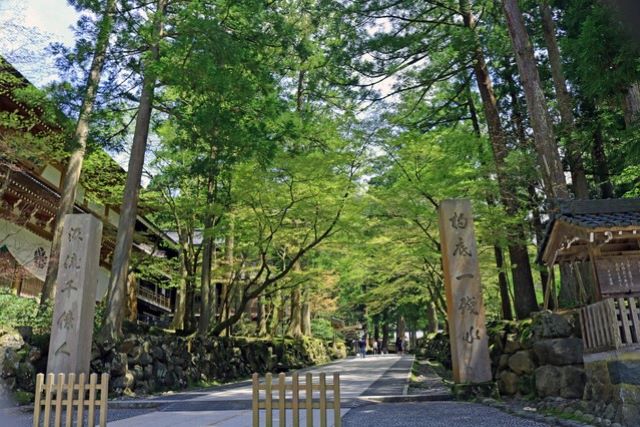
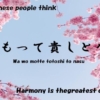
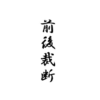
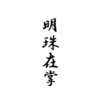
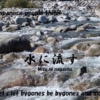
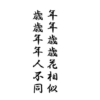
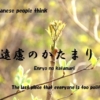
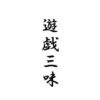
ディスカッション
コメント一覧
まだ、コメントがありません